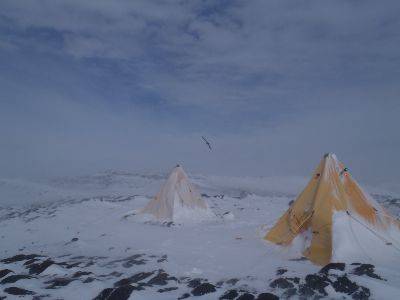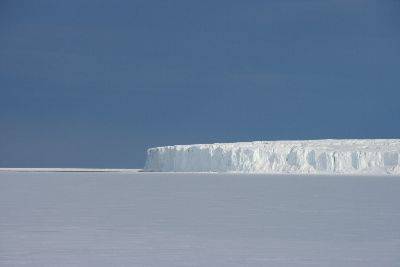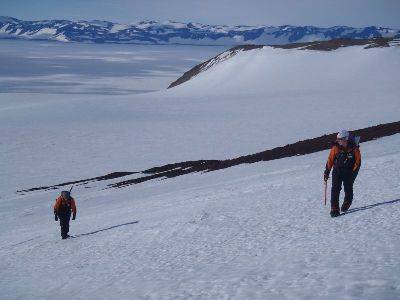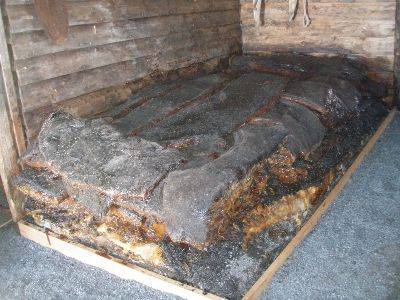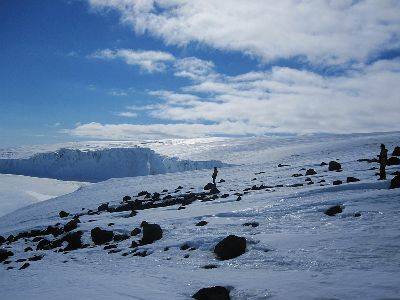Posted by Cricket
Date: 15 January 2011
Temperature: -2
Wind Speed: 7 knots
Temp with wind chill:
Weather is one thing you can never rely on down here. In December, at Sir Ernest Shackleton's base at Cape Royds in the Ross Sea Region of Antarctica, we had a 5-day storm of biting winds, cold temperatures and snow. It was exciting at first, but then the daily buildup of snow in my tent and constant winds just lost their magic. For some reason, I believed that that storm was our first and last. I guess I thought that we’re in summer now and the weather should be sunny and even balmy during our last couple weeks here. And, for the most part it has been, but just this week the winds shifted to the south, the temperature rose and we all realized we were in for another one. This storm was a small one, mostly of blowy snow, and lasted just 2 days. Now that it’s over, it’s amazing to think how such a thing like a small storm affects your psyche.
Tentsite in the storm © AHT /Cricket
It’s only after a storm that you realize how tiring living through one is. Working outside is a bother and even the short commute between your tent, the kitchen wannigan, the conservation lab and the hut takes its toll. It’s a quiet struggle, with your back hunched over and face scrunched up against the wind. Your clothes get wet from all the snow, you wear your big issue boots, which weigh over 3kg, and everything seems a wee bit more of an effort. And, when the storm finally leaves, there is a big relief. The first sight of blue sky and sunlight seems like a marvelous gift that makes you smile. It’s like seeing things for the first time, and suddenly everyone is just that much happier. It’s been interesting living and working outside for just that reason – your life is not about news and events but more about what is going on in your immediate world and how vulnerable you are to it all.



